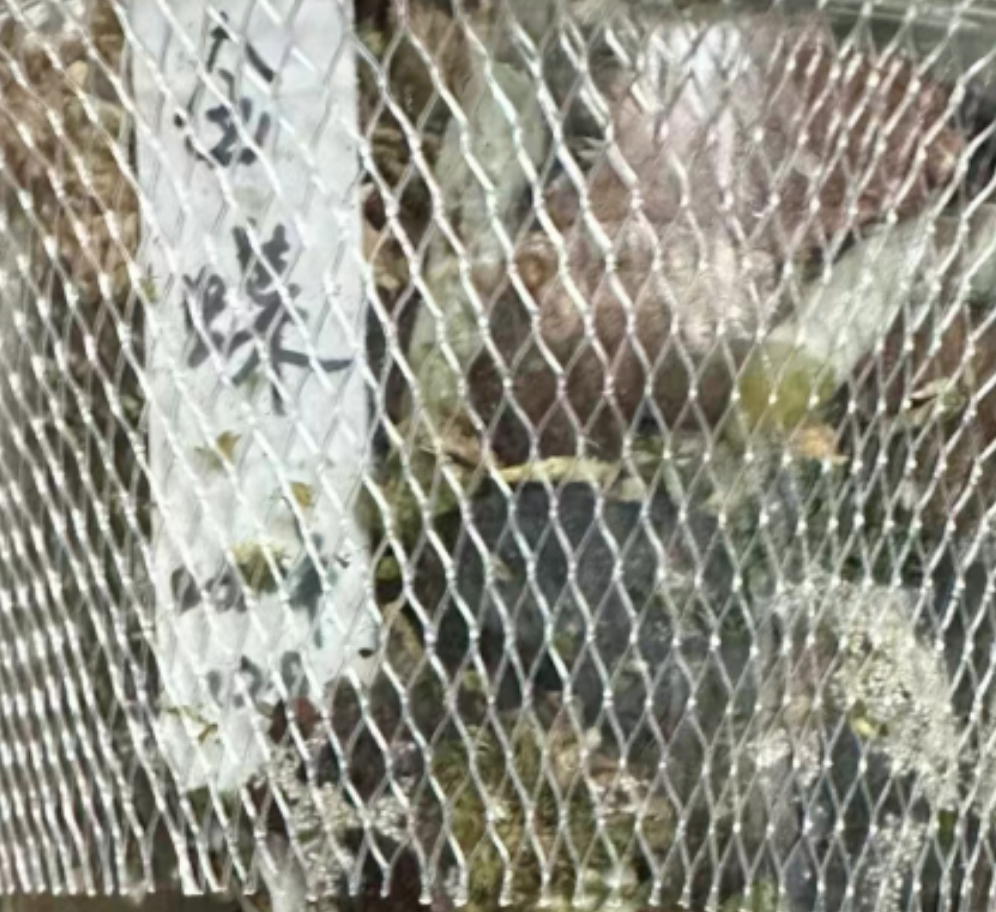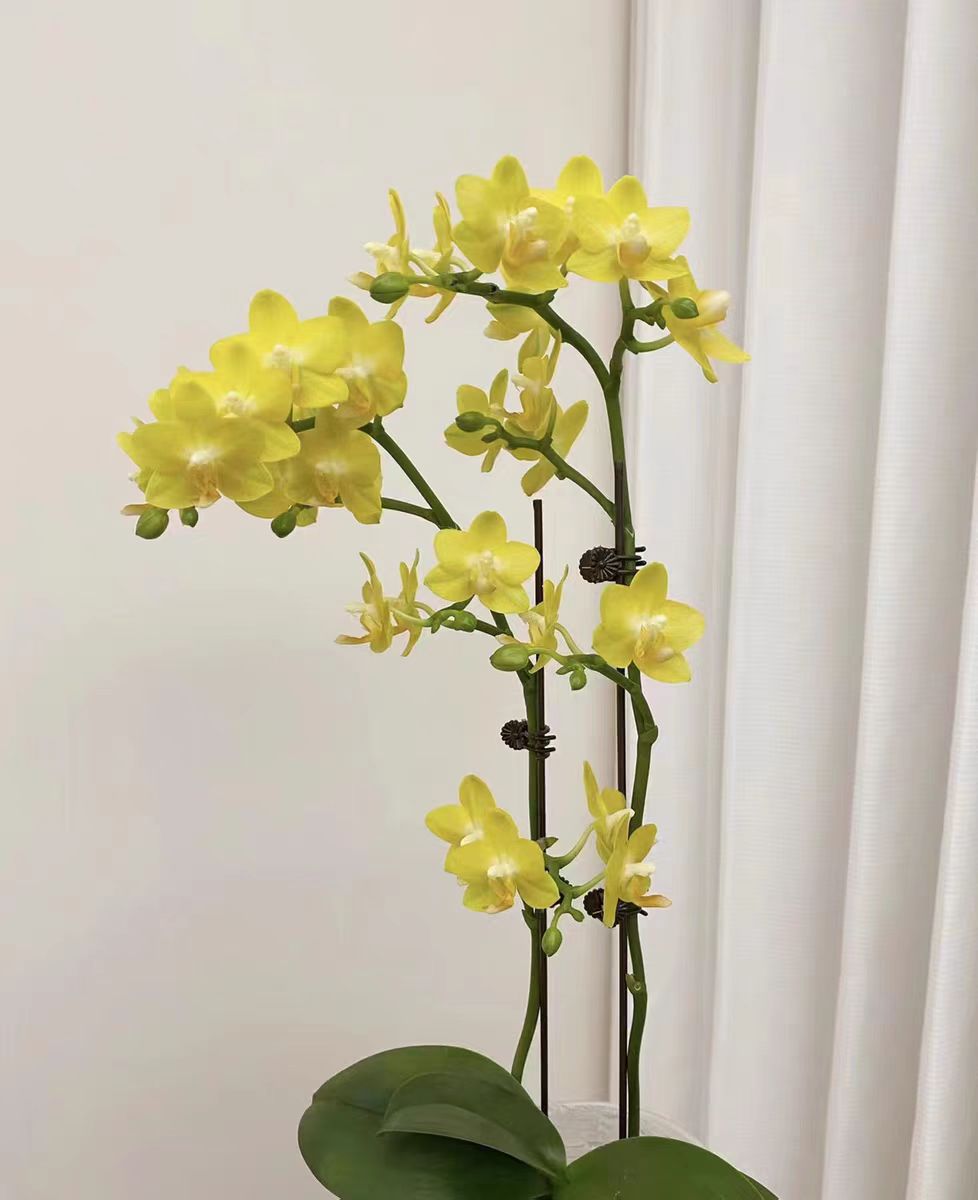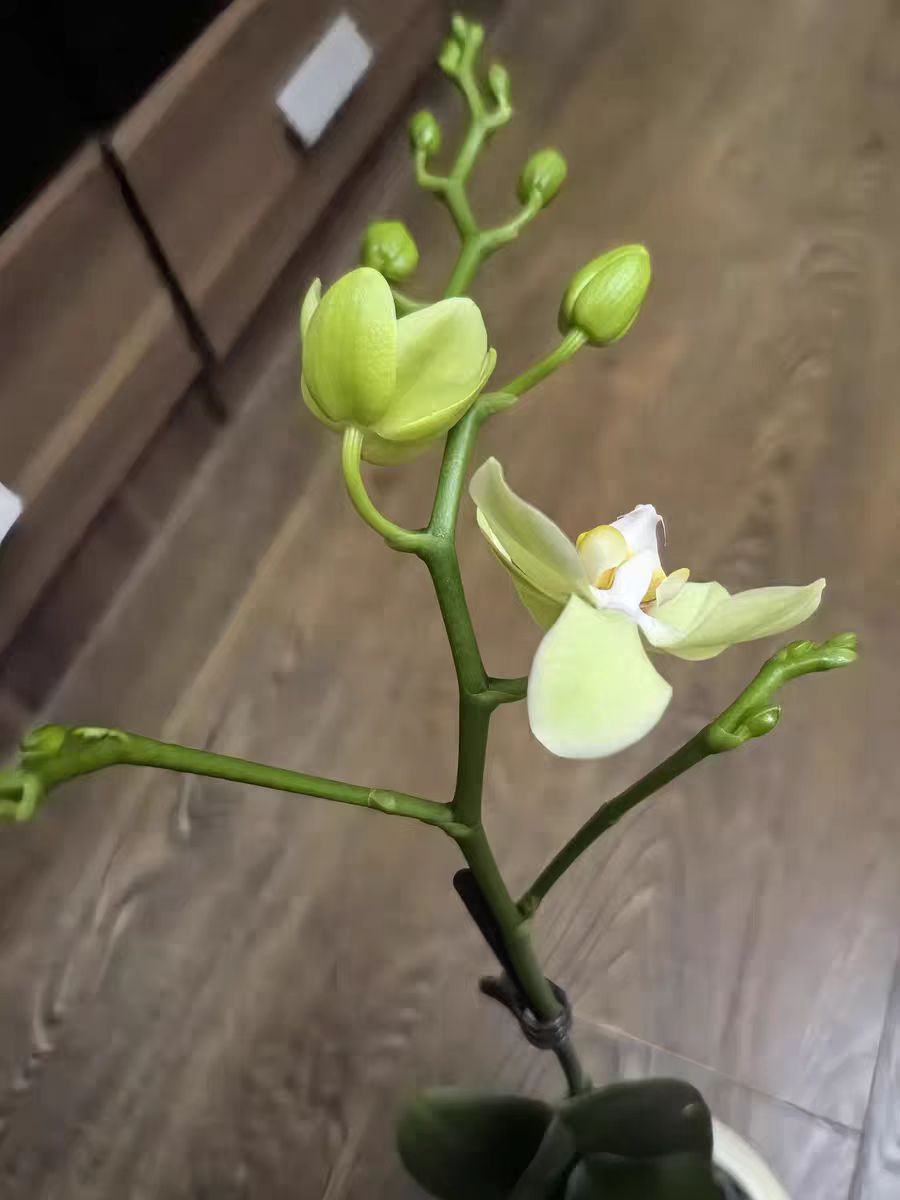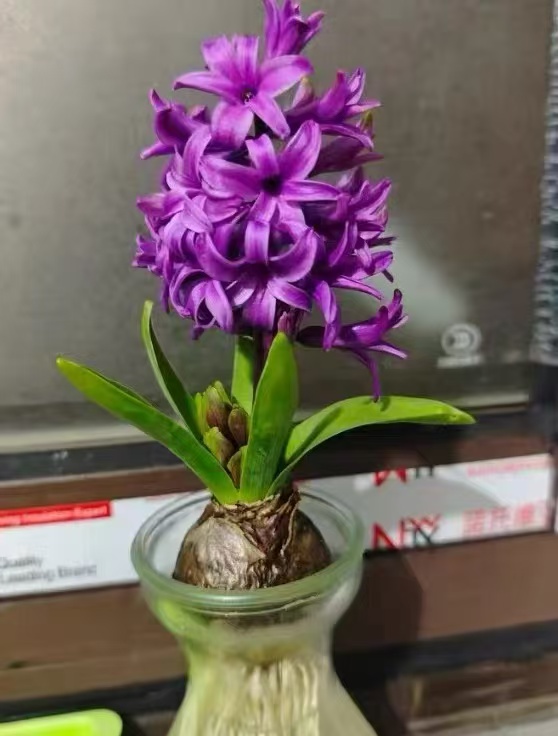It is well known that Phalaenopsis orchids win the hearts of many flower lovers with their colorful flower colors. However, their beauty cannot be achieved solely by themselves. Because the seeds of the entire family have no endosperm, that is, the orchid seeds have no start-up capital. Therefore, they must have symbiotic bacteria to provide them with nutrients and indirectly give them additional nutrition.
The growth symbiotic bacteria of Phalaenopsis orchids usually refer to rhizosphere bacteria or endophytic bacteria. These microorganisms mostly reside in the roots of orchids or inside the cells and can help orchids obtain key elements such as nitrogen and phosphorus. What do these symbiotic bacteria look like? When you can see with the naked eye that there are some sticky yellow things left on the flowerpot or cup, presenting as dots, some green and some yellow things, such bacteria are the remnants after providing nutrients to the orchids and then decaying.
In addition, the symbiotic bacteria of Phalaenopsis orchids also include the mycelium of southern blight. They look rather disgusting, presenting as white dots. It is not an essential symbiotic bacteria for Phalaenopsis orchids. Most of the time, it occurs due to the freshness of the bark bought back. This kind of mycelium of southern blight does not have particularly significant harm to the orchids. It mainly decomposes the wood fibers and some nutrients inside the bark and can coexist peacefully with Phalaenopsis orchids, but it does not provide nutrients to Phalaenopsis orchids. If flower lovers find it disgusting, they can pick it out with tweezers, but picking it out does not mean it will not multiply again because the mycelium of southern blight will grow on the bark.
For some flower lovers who say that they spray carbendazim when encountering the mycelium of southern blight, in fact, the significance of using it is not particularly great because fungicides will kill some beneficial bacteria that the plant roots originally have. The principle is the same as when people take antibiotics. Antibiotics not only kill the viruses but also some good cells in the body. Therefore, do not use medicine for orchids if they are not sick.
If flower lovers particularly dislike this egg-shaped mycelium of southern blight, it is recommended that everyone choose coconut shells for the soil because the fibers of coconut shells can be regarded as inorganic matter and they are less likely to rot and mold. Especially for those in the south who are worried about mold problems, coconut shells can also be used to solve the problem.
Finally, it should be reminded that the mycelium of southern blight will not harm the orchids. But if you grow roses and clematis, southern blight can be very severe. Basically, if they get this disease, they will die. Therefore, roses and clematis should try not to be cultivated with mixed bark.
Tagged in :





Leave a Reply